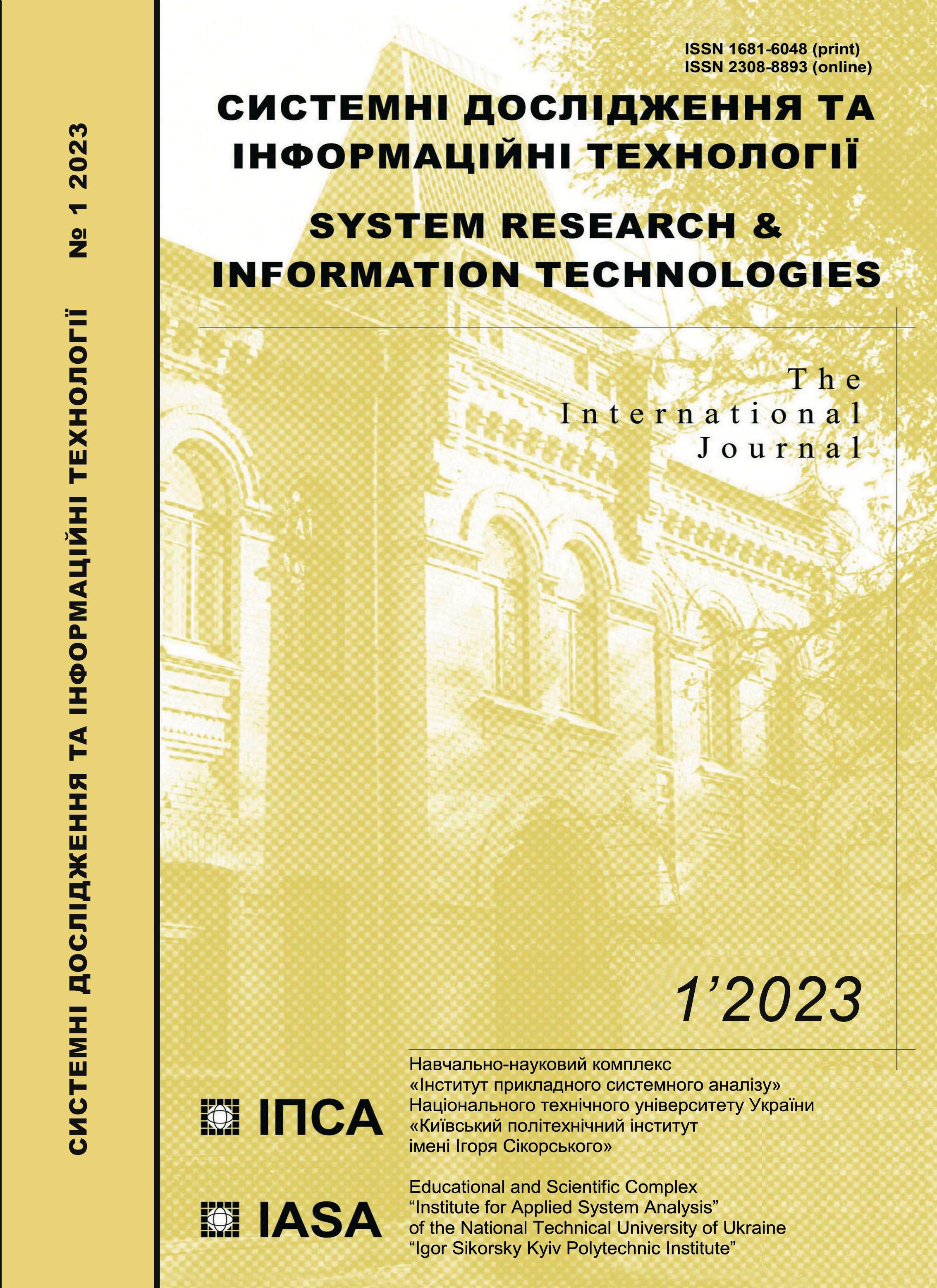Integral representations of positive definite kernels
DOI:
https://doi.org/10.20535/SRIT.2308-8893.2023.1.10Keywords:
Hilbert space, scalar product, symmetric operator, self-adjoint operator, positive definite kernel, defect index, operator extensionAbstract
The paper proposes proof of the possibility of an integral representation of a positive definite kernel of two pairs of variables. Using this kernel, we use the technique of constructing a new Hilbert space in which symmetric differential operators formally commute. In this case, the kernel satisfies a system of differential equations with partial derivatives. It is known that a kernel given in a subdomain of the real plane, generally speaking, does not always imply an extension to the entire plane. This possibility is related to the problem of the existence of a commuting self-adjoint extension of symmetric operators. The author applies his own results related to a commuting self-adjoint extension in a wider Hilbert space. The resulting representation in the form of an integral of elementary positive-definite kernels with respect to the spectral measure generated by the resolution of the identity of the operators allows us to extend the positive-definite kernel to the entire plane.
References
Yu. Bokhonov, “Commuting self-adjoint extensions of systems of Hermitian operators,” Ukr. Math. Journ., vol. 40, no. 2, pp. 149–153, 1988.
Yu. Bokhonov, “On self-adjoint extensions of commuting Hermitian operators,” Ukr. Math. Journ., vol. 42, no. 5, pp. 695–697, 1990.
Yu. Berezansky, Expansion in Eigenfunctions of Self-Adjoint Operators. Kyiv: Naukova Dumka, 1965, 798 p.
Yu. Berezansky, Self-adjoint operators in spaces of functions of an infinite number of variables. Kyiv: Naukova Dumka, 1978, 360 p.
Yu. Berezansky and Yu. Kondratiev, Spectral methods in infinite-dimensional analysis. Kyiv: Naukova Dumka, 1988, 680 p.
A.D. Manov, “On the uniqueness of the extension of one function to a positive definite one,” Math. Notes, 107:4, pp. 639–652, 2020.
A.G. Sergeev, “Lectures on functional analysis,” Lekts. courses of the SEC of the MIAS, vol. 23, pp. 3–101, 2014.

